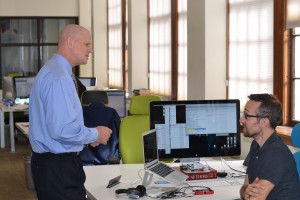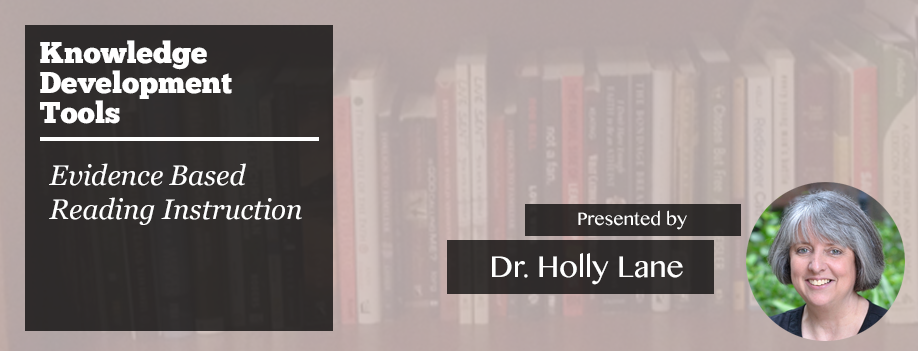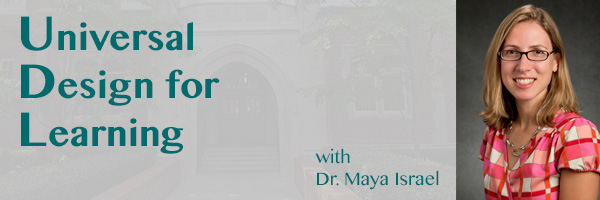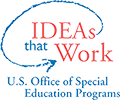Excellent Teachers for Each and Every Child
A Guide for State Policy
AACTE, a CEEDAR partner, released a guide on December 3, 2013, recommending policies around teacher quality based on research and effective state models for developing and sustaining a high-quality teaching workforce. The guide encourages a systems view of education, including factors that affect student learning—such as the quality of school personnel, the learning conditions, the school environment, and instructional resources and supports. This systems perspective involves comprehensive strategies for recruitment, preparation, professional learning and development, evaluation systems, equitable teaching and learning conditions, and funding. (See the figure on page 2).
The guide documents the changing demographics in the U.S., such as increases in the numbers of students living in poverty and with developmental issues and language needs.
Of particular interest to CEEDAR are the questions that state policymakers should ask and effective policies for recruiting, preparing, and supporting a diverse, talented, and sustainable teaching force.
The questions recommended by the guide that are relevant to the work of CEEDAR are:
Recruiting Diverse and Talented Individuals into the Teaching Profession
- How does our state collect and report on the demographics and trends of the teaching profession? How can we use this type of data to develop better policy decisions for the state?
- Does our teacher workforce¬—current and future—reflect the racial and ethnic diversity of our students?
- Where are most of our teacher candidates being prepared? How do we encourage more highly qualified teachers to work in underserved schools?
- What are we doing to encourage talented individuals to purse teaching as a career?
Preparing Teachers for the Classroom and for Leadership
- What are the state’s licensure requirements and how do these match up with the needs of our students?
- What kinds of partnerships between teacher preparation programs and local schools that will help teachers be ready for the classrooms of today have been forged? What more can be done?
- What can we do to support competent and capable teachers so they are committed to remaining in the profession?
- What kinds of career ladders and pathways for professional growth for seasoned educators are available? How can we better address the imperative of encouraging professional growth and leadership?
Supporting Ongoing Professional Learning and Development
- What kinds of professional learning opportunities are available to our teachers? What do we know about the quality of their professional development?
- What kind of ongoing daily support do teachers receive? How do we know? Do teachers have time to collaborate with peers?
- Does the state encourage or require meaningful professional learning opportunities?
- What kinds of financial support does the state provide for professional learning opportunities? Is it adequate and stable?
Promoting Comprehensive Statewide Models
- Is there a comprehensive statewide strategy for improving teaching quality that addresses each of these issues: recruitment, preparation, induction, professional learning, evaluation, and career ladders? If so, what parts are being implemented well? What issues need more attention?
- If coordination is a concern, what would it take for key stakeholders to work together more effectively?
- How can stronger links be forged between these key elements of teaching quality: recruitment, preparation, licensure, and professional development?
- How clear are state standards for the profession? Can we make these standards better understood and better used to guide practice?
The guide also contains questions about developing evaluation systems that improve student learning, addressing teaching and learning conditions, and funding a sustainable teaching force.
The guide concludes with a review of types of policies to promote a diverse, talented, and sustainable teaching force, specifying action steps in each area and highlighting states that have successful programs. Several states currently participating in CEEDAR are mentioned, including: a program in Illinois to recruit teachers from the community and legislation creating a survey on teaching and working conditions; Connecticut’s legislation connecting professional learning to evaluations, their holistic teacher evaluation models, and a law establishing a starting salary and licensing standards; California’s legislation to promote peer assistance and review to drive professional development as well as Proposition 30 that funds districts serving high portions of low-income students.
The guide concludes with references and resources addressing each of the priority areas.
Download the guide here
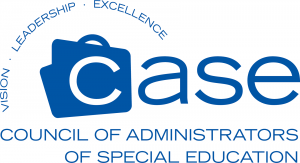

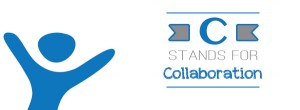

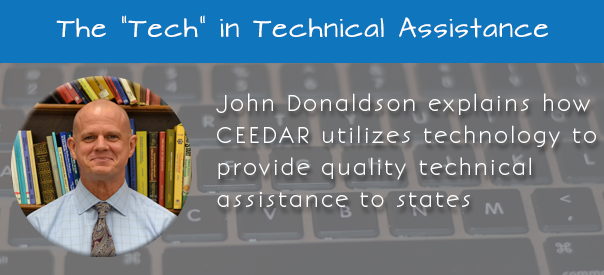 November 5th, 2013 The products and services provided by a national technical assistance center relies heavily on technology and the ability to collaborate meaningfully across great distances. In the first several months of the CEEDAR Center’s existence, the leadership team has worked closely with John Donaldson, Director of Technology Operations to conceptualize and develop the necessary infrastructure. John has worked in the College of Education’s technology services for 13 years and is excited to be involved with the CEEDAR Center. John was integral to the development of the College’s Educator Evaluation System, which is used by the administration, faculty, and students to track student performance on prescribed performance indicators that are linked to accreditation and certification requirements. He believes the Center’s focus on Evidence Based Practices, as outlined in the Essential Components and Innovation Configurations, are parallel. Further, John viewed the opportunity to build the infrastructure for CEEDAR as timely because his team could capitalize on the lessons learned from the ongoing revision of the Educator Evaluation System. Specifically, he knows that the system must allow for: flexibility in associating the Essential Components with various tasks or activities, easier accessibility, and iterative changes based on feedback.
November 5th, 2013 The products and services provided by a national technical assistance center relies heavily on technology and the ability to collaborate meaningfully across great distances. In the first several months of the CEEDAR Center’s existence, the leadership team has worked closely with John Donaldson, Director of Technology Operations to conceptualize and develop the necessary infrastructure. John has worked in the College of Education’s technology services for 13 years and is excited to be involved with the CEEDAR Center. John was integral to the development of the College’s Educator Evaluation System, which is used by the administration, faculty, and students to track student performance on prescribed performance indicators that are linked to accreditation and certification requirements. He believes the Center’s focus on Evidence Based Practices, as outlined in the Essential Components and Innovation Configurations, are parallel. Further, John viewed the opportunity to build the infrastructure for CEEDAR as timely because his team could capitalize on the lessons learned from the ongoing revision of the Educator Evaluation System. Specifically, he knows that the system must allow for: flexibility in associating the Essential Components with various tasks or activities, easier accessibility, and iterative changes based on feedback.